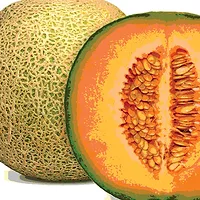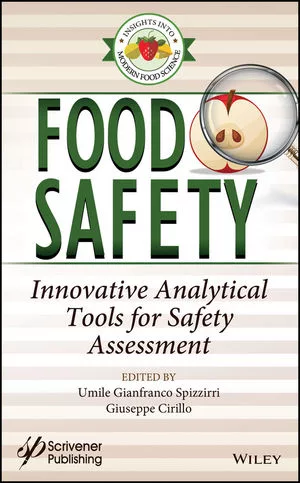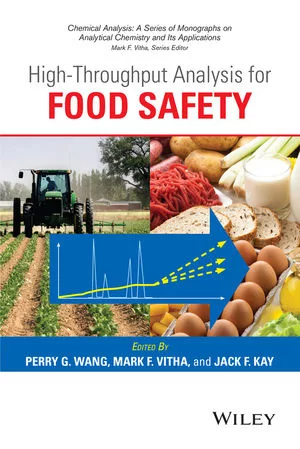Study Compares Culture-Based and Alternative Environmental Monitoring Methods for Listeria

Image credit: NCI via Unsplash
A recent study published in the Journal of Food Protection has analyzed alternative methods of environmental monitoring for Listeria monocytogenes in food production facilities, providing insight into the benefits and drawbacks of two alternative methods accepted by professional organizations, in comparison to a traditional culture-based method.
Environmental monitoring programs (EMPs) are cited as an example of verification for general hygiene practices under Codex Alimentarius texts on Hazards Analysis and Critical Control Points (HACCP). The study cites Codex, the U.S. Department of Agriculture (USDA), and the U.S. Food and Drug Administration (FDA) in stating that environmental monitoring is especially critical for L. monocytogenes due to the pathogen’s ability to form biofilms and become persistent in a facility. Codex also uses Listeria as an example of indicator organisms in EMPs for verifying HACCP plans.
The International Organization for Standardization (ISO) and USDA’s Food Safety and Inspection Service (FSIS) have both presented reference methods as test methodologies for EMP; however, both are cumbersome, culture-based methods. Alternative approaches approved by the Association of Official Agricultural Chemists International (AOAC) and other organizations that are feasible for efficient EMPs include the 3MTM Molecular Detection System (MDS) and Hygeina’s InSite L. mono Glo (InSite). Other EMPs for L. monocytogenes reported as useful in the study (but not tested in the study) include bioMérieux’s VIDAS and dried film media.
MDS is based on loop-mediated isothermal DNA amplification and bioluminescence detection, and can be completed in approximately 32 hours. InSite is a self-contained kit with swabs and chromogenic liquid media formulated with antibiotics, growth enhancers, and color-changing compounds specific for Listeria, and fluorescent compounds specific for L. monocytogenes.
For the study, the researchers performed a combination of culture and alternative methods (MDS and InSite), and compared the results. In 2022, environmental samples were collected from four Japanese food facilities producing ready-to-eat (RTE) side dishes (also known as Souzai in Japanese) and processed meat products. A total of 72 samples were collected.
The culture-based method conducted by the researchers was done according to ISO 11290-1 for the isolation of Listeria. Samples of MDS and InSite were taken side-by-side to the sampling sites for the culture-based method, and L. monocytogenes and other Listeria were detected. To check the efficacy of alternative methods when compared with the culture-based method, performance metrics, such as sensitivity, specificity, positive predictive value (PPV), and other benchmarks were used.
Of the 72 samples, 22 (30.6 percent) and 29 (40.3 percent) were positive for L. monocytogenes and Listeria spp., respectively, by the culture-based method; 16 (22.2 percent) and 28 (38.9 percent) by MDS; and 7 (9.7 percent) and 26 (36.1 percent) with InSite. The results of the culture-based and alternative methods disagreed for 10 samples for L. monocytogenes and 9 samples for Listeria spp. in MDS, and for 25 samples for L. monocytogenes and 17 samples for Listeria spp. in InSite.
Looking for quick answers on food safety topics?
Try Ask FSM, our new smart AI search tool.
Ask FSM →
Overall, MDS was significantly comparable to the culture-based method for both L. monocytogenes and Listeria spp. InSite had moderate reproducibility for Listeria spp., but poor reproducibility for L. monocytogenes, and the sensitivity of InSite to L. monocytogenes via fluorescence may be low. However, combining smears on agar medium with InSite could improve test accuracy, and the researchers consider InSite a helpful alternative method for detecting Listeria instead of culturing because it is simpler and more rapid than the culture-based method.
The researchers caution that more robust comparisons are required, as the data in the study was a comparatively small sample set and impacted by variability. However, the findings can be used to help guide decisions on which testing method to use to simplify Listeria EMP implementation, especially in Japanese food production facilities.
The study was funded by the Japan Society for the Promotion of Science, and MDS reagents and equipment were provided by 3M Japan (now Neogen Japan).









